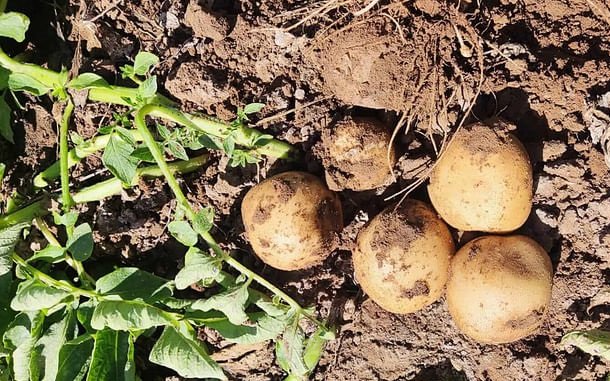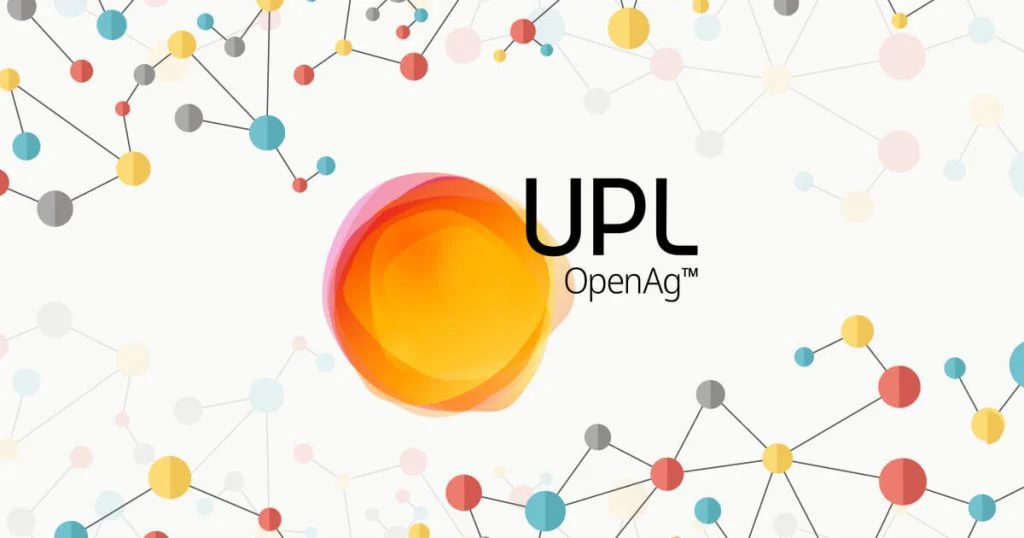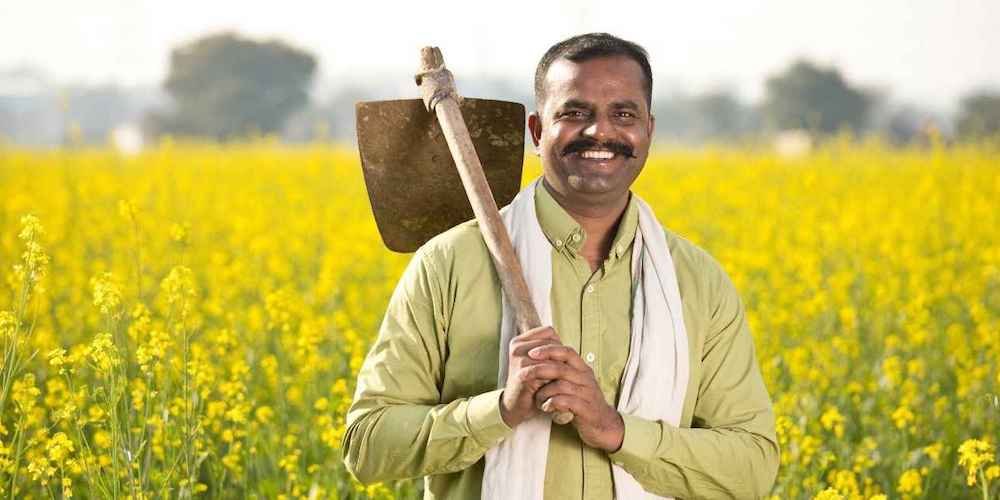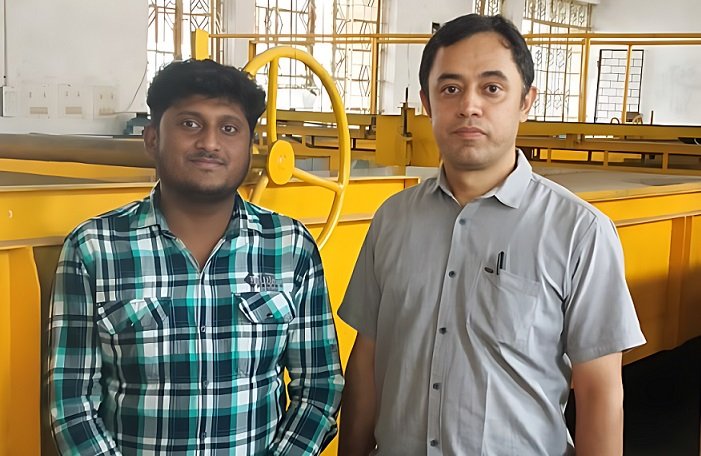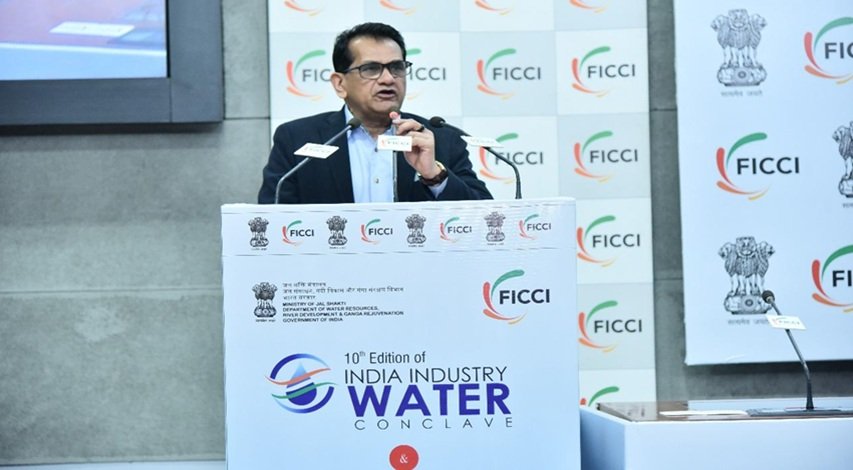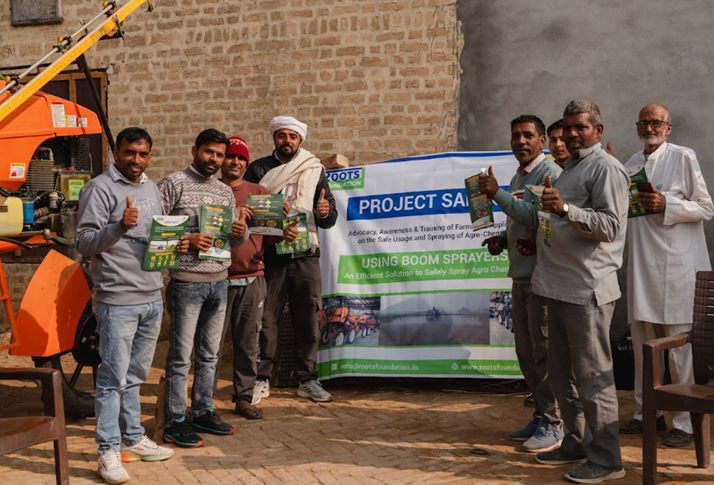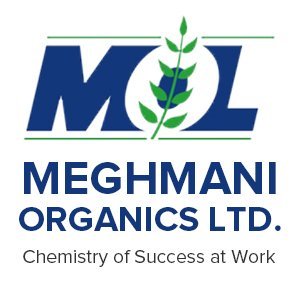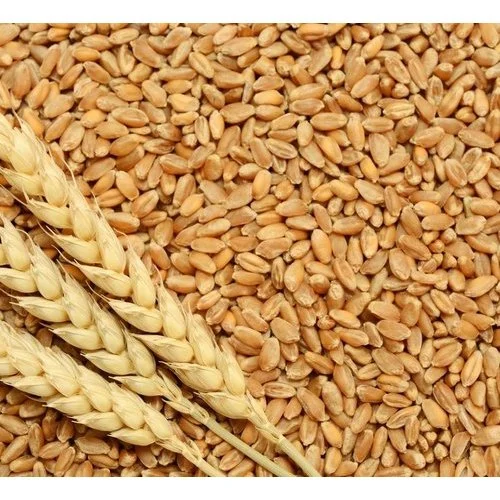HyFun Foods partners with UK’s HarvestEye to use AI for driving potato supply chain
This collaboration aims at helping farmers unlock the full potential of their harvested produce by leveraging cutting-edge innovation.
Gujarat-based HyFun Foods, one of India’s leading potato processors and a big player in the frozen potato products industry, has formed a strategic partnership with UK-based pioneering crop insights company HarvestEye to introduce its advanced artificial intelligence (AI) technology in India.
This collaboration aims at helping farmers unlock the full potential of their harvested produce by leveraging cutting-edge innovation, according to release by the company
Haresh Karamchandani, MD and CEO of the HyFun Group, said, “This strategic collaboration aligns with our vision of revolutionising the fresh-produce linked food industry by bringing state-of-the-art advancements to potato farming through HyFarm, the agribusiness unit of HyFun Group.”
HyFarm has always focused on embracing the latest digital technologies and using precision agriculture tools to improve productivity, profitability and quality of potato crops. It helps in streamlining and strengthening the entire potato value chain integration, while minimising crop losses, the release mentioned.
HarvestEye will utilise vision systems powered by advanced machine learning (AML) and AI to provide real-time insights into potato crops including size, count and weight.
This collaboration also enables the integration of HarvestEye with HyFarm’s industry-leading farmer-connect digital ecosystem Farmoji. Farmoji offers potato farmers access to crop advisories, soil health analysis, water efficiency guidance, weather and disease alerts, drone spraying and mechanisation.
The partnership with HarvestEye will increase transparency regarding the product profile and quality of potatoes farmers supply to the processing plant. This will ensure better value realisation for potato growers for ensuring high-quality and in turn enable delivering superior frozen products to global consumers.
S Soundararadjane, CEO, HyFarm, said, “The introduction of HarvestEye in India will be a game-changer for HyFarm’s potato farmers by ensuring transparency, and sustaining quality supplies, while enhancing productivity and profitability.”
India’s processing industry, which is at the cusp of breaking new ground, this collaboration provides data-driven insights, optimises raw material utilisation and improves sustainability for finished products such as French fries, hash browns and other varieties of snacks, according the release.
Vee Gururajan, CEO, HarvestEye, said, “With this joining of hands, we are extending the benefits of innovation to key markets, transforming potato farming and driving efficient food processing.”
Today, India is the second- largest producer of potatoes globally and this joining of hands by two leaders in the segment underscores the country’s commitment to leverage technology for a more resilient, efficient and farmer-friendly agricultural ecosystem.
This collaboration aims at helping farmers unlock

